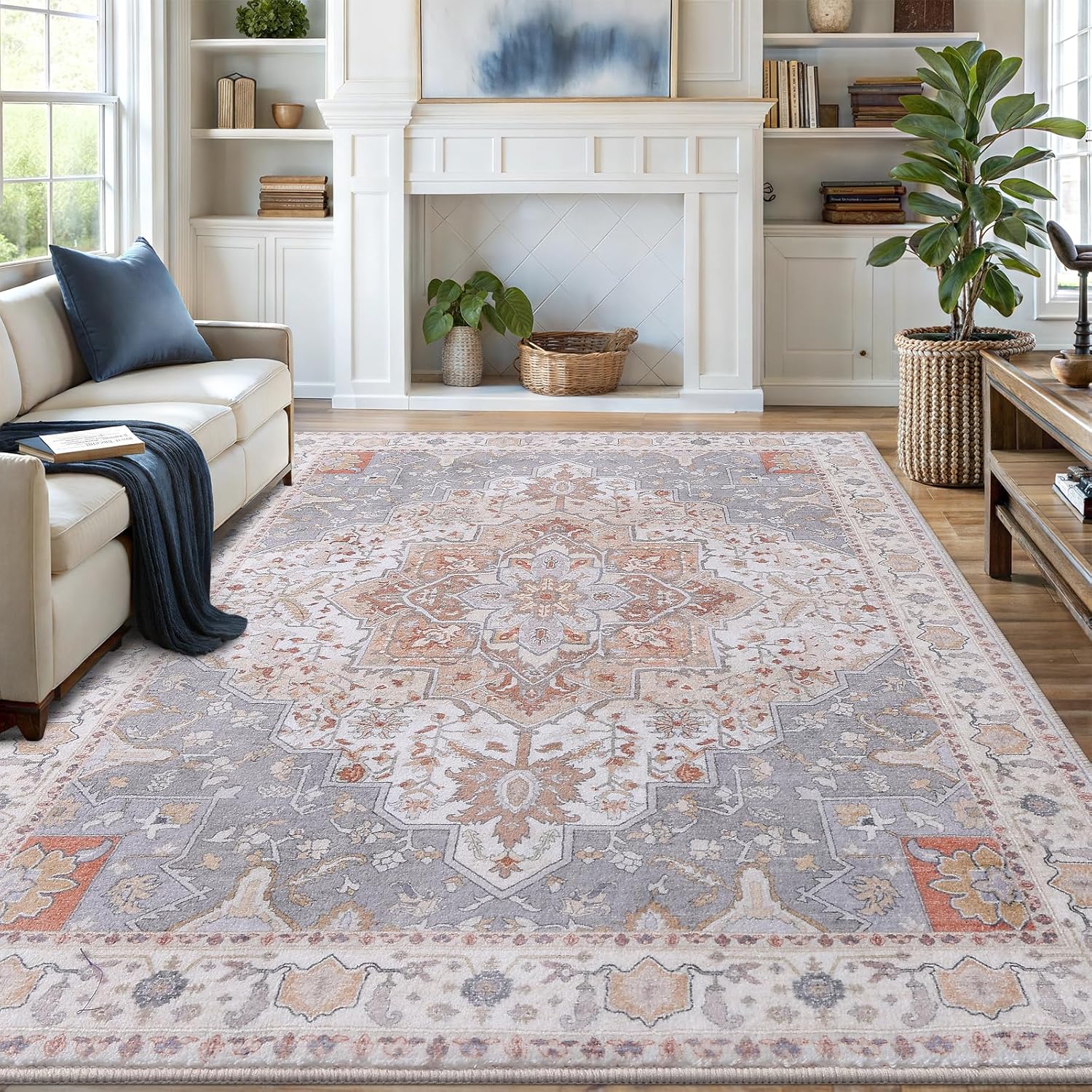To maintain floors in homes with wheelchair access, regularly clean surfaces, use non-slip materials, and ensure clear pathways for safety.
Maintaining floors in homes with wheelchair access requires special attention to safety, durability, and ease of cleaning. Proper care extends floor lifespan while ensuring smooth mobility for wheelchair users.

Choosing the Right Flooring Materials
Selecting appropriate flooring is the foundation of easy maintenance. Ideal options combine durability with smooth surfaces for wheelchair movement.
Best Floor Types for Wheelchair Access
- Luxury vinyl plank (LVP) – Waterproof, scratch-resistant, and comfortable for wheelchairs
- Porcelain tile – Extremely durable with minimal grout lines
- Polished concrete – Seamless surface that’s easy to clean
- Rubber flooring – Cushioned yet firm enough for wheelchair mobility
Avoid high-pile carpets and uneven surfaces that create rolling resistance. For cleaning rubber floors, consider specialized rubber floor cleaners that won’t damage the material.

Daily Cleaning and Maintenance
Essential Cleaning Tools
| Tool | Purpose | Frequency |
|---|---|---|
| Microfiber mop | Daily dust removal | Daily |
| Robot vacuum | Automatic debris pickup | Daily |
| Spray cleaner | Spot cleaning | As needed |
For hard floors, a quality steam mop provides deep cleaning without harsh chemicals. The CDC recommends daily cleaning of high-traffic areas to prevent buildup of dirt and germs.
Cleaning Solutions
Use pH-neutral cleaners that won’t damage floor finishes. For disinfecting, the EPA recommends solutions with at least 70% alcohol or hydrogen peroxide-based formulas. Avoid oil-based cleaners that can create slippery surfaces.
Preventing Wheelchair Floor Damage
Protective Measures
- Install chair glides on all wheelchair casters
- Use entryway mats to trap abrasive particles
- Apply floor protectors to furniture legs
- Maintain proper wheelchair tire pressure
According to the National Wood Flooring Association, 90% of floor scratches come from dirt particles rather than the wheelchair itself. Regular sweeping is crucial.
Accessibility Considerations
Floor Transitions
Keep all floor transitions under 1/4″ height difference. Use tapered thresholds when necessary. The ADA recommends beveled edges for any transition over 1/4″.
Slip Resistance
Maintain a static coefficient of friction (SCOF) of at least 0.6 for dry surfaces and 0.8 for wet surfaces, as recommended by the Access Board. Test existing floors with a slip meter if unsure.
Seasonal Deep Cleaning
Perform comprehensive floor maintenance quarterly:
- Strip and rewax vinyl floors (if applicable)
- Reseal grout lines in tile floors
- Buff out minor scratches in hardwood
- Apply protective coating to concrete floors
For natural cleaning alternatives, consider organic cleaning products that are safe for all floor types.

